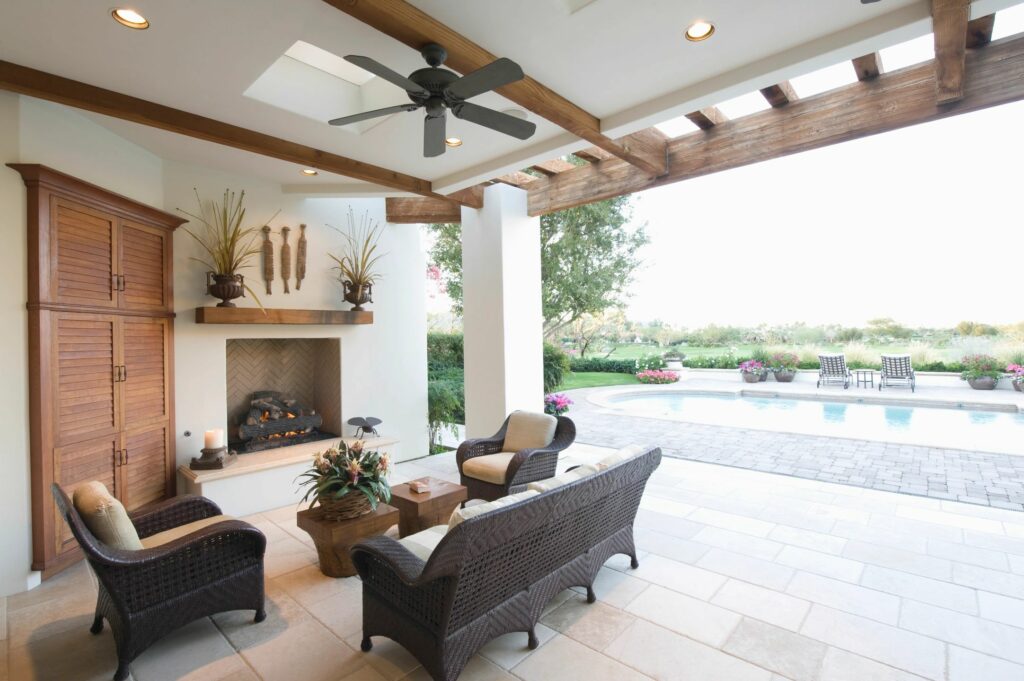When the majority of people in the United States want to buy their dream home, they generally require what is known as a jumbo home loan. A home mortgage is deemed jumbo when it goes beyond a specific dollar limitation as set by Fannie Mae and Freddie Mac. These two secondary market lenders will just cover loan values under approximately $730,000, which is the brand-new adhering loan limitation set by the President a few years back. Most jumbo loans will bring higher rates of interest as the risk of default is typically greater on a loan of higher worth. Even with a good credit history the difference in rates is generally not that high, perhaps a difference of maybe a half a point or three quarters of a point. When markets are skittish, rates can vary by as much as 100 basis points.
In today’s market, jumbo loans with no down payments are not prevalent and are much harder to secure. Neither are loans with a really small percentage of down payment. The more threat for the customer, based on credit score and credit history, the higher the down payment needs to be to qualify. In most cases, lending institutions are looking for approximately 5% or higher to mitigate that threat. With a jumbo loan, your PMI is going to be inherently greater as you are dealing with a much bigger dollar amount. Nevertheless, there are techniques that can be used to fund the residential or commercial property with two loans, as is done with loans of lesser value, specifically, getting one loan to cover the deposit, and another to cover the remaining value of the purchase. This is a technique worth thinking about if you desire to save money on your PMI.
Some lending institutions may point out something understood as Lender Paid Mortgage Insurance when considering saving cash on PMI with two loan amounts. This is generally injecting your insurance into your core interest rate. This isn’t really a deceitful practice, due to the fact that it is understood to be insurance coverage that you are paying, nevertheless, while PMI generally disappears after twenty percent equity is achieved by the purchaser, this lender paid mortgage insurance that is a portion of your rate, may never really disappear. So, in the long run, you may end up paying more than if you had actually simply paid PMI. Make sure that you think about both payment options when you are figuring out your ability to pay PMI with an easy boost in your rates of interest.
Another current deal used by lenders of jumbo loans is to have an Arm loan that has a fixed rate for 5 or 7 years and after that, the rates change annually. These loans have rather low rates in these fixed initial years and then the loans can change to much higher interest rate levels. Due diligence is needed as normal to make sure you have a clear strategy.
The majority of jumbo loans will carry a higher interest rate as the threat of default is normally greater on a loan of such high value. We discussed the two possible methods that can be used to fund the property (2 loans), as it can be done with a small loan to cover the down payment, and another loan to cover the remainder of the price of purchase. Also, don’t forget the possibility of acquiring a jumbo loans with an ARM loan that has a fixed rate for 5 or 7 years and then adjustable yearly. These loans can save you a bunch if you are planning to sell or refinance before the end of the initial term.
